Vertical Composite Grinding Machine: A Versatile Tool for High-Precision Machining
In modern manufacturing, high-precision and efficient machining equipment are key to enhancing a company's competitiveness. The vertical composite grinding machine, as an advanced device integrating multiple functions, stands out for its excellent machining performance and flexibility. It is widely used in complex workpiece machining across industries such as automotive, aerospace, and agricultural machinery.
This article will focus on several core features of the vertical composite grinding machine, explore its applications in different fields, and highlight its successful export to Russia, where it has greatly satisfied local customers and addressed their production needs.
Core Features of the Vertical Composite Grinding Machine
① Multi-Functional Combined Grinding System
The most notable feature of the vertical composite grinding machine is its multifunctionality. A 1-meter vertical grinder can perform external cylindrical, internal cylindrical, and face grinding in one setup. This integrated design not only reduces the number of times the workpiece needs to be clamped but also significantly improves machining accuracy and surface quality. For workpieces requiring multi-process machining, this machine can complete all grinding operations on a single platform, greatly shortening the production cycle.
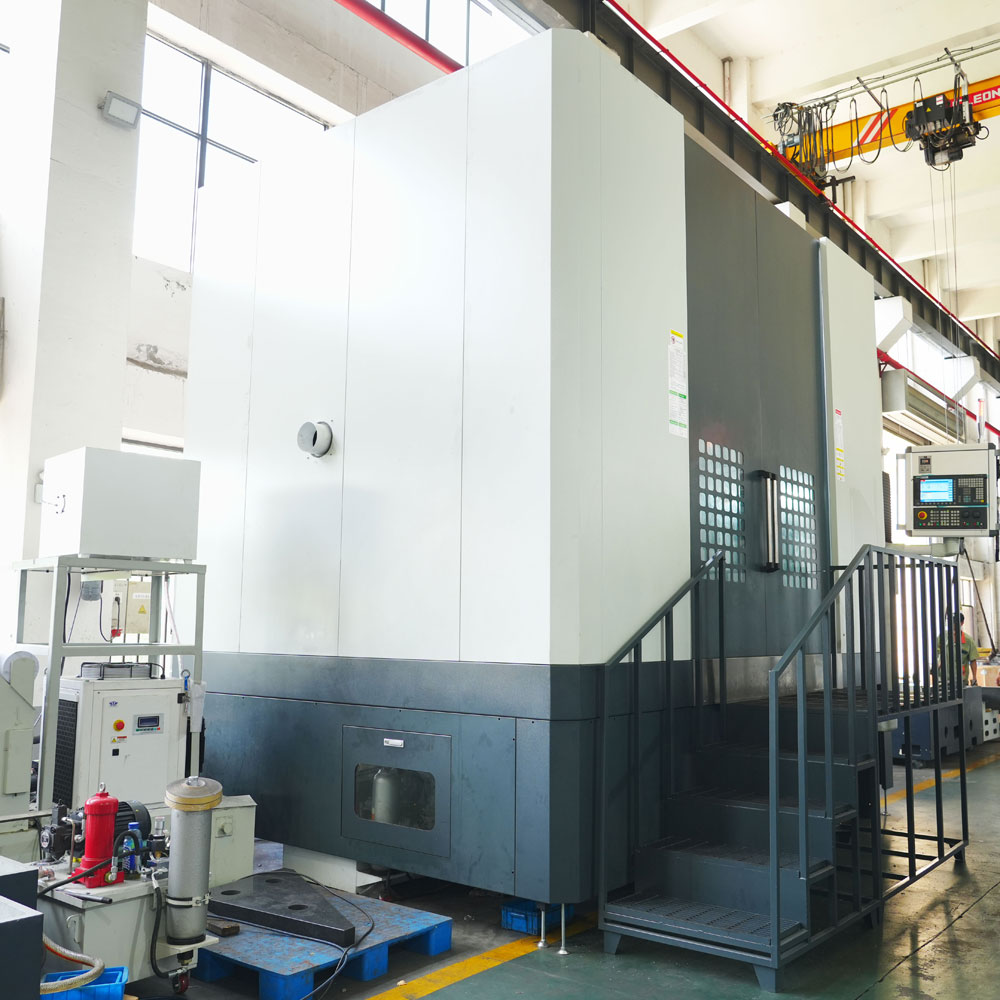
②ATC (Automatic Tool Changer)
The vertical composite grinding machine comes standard with an ATC (Automatic Tool Changer), which is one of the keys to its high-efficiency processing. The ATC system can automatically switch between different types of grinding wheels according to machining requirements, enabling seamless transitions from external to internal and face grinding. This automated tool-changing function not only reduces manual intervention but also enhances process continuity and stability, making it ideal for mass production environments.
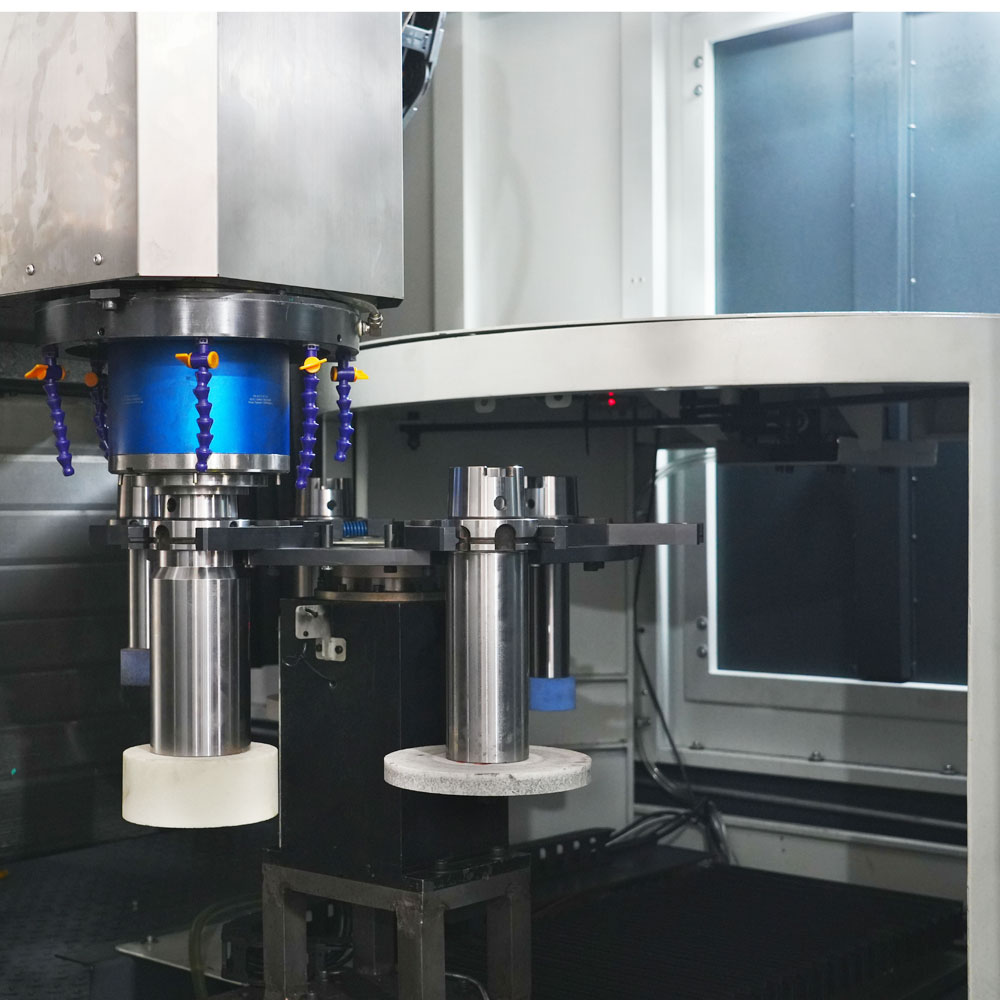
③Automatic Measurement and Compensation System
To ensure machining accuracy, the vertical composite grinding machine is equipped with a standard automatic measurement device. This system can measure the inner diameter, outer diameter, and face of the workpiece in real time and automatically compensate based on the results, ensuring high dimensional precision. In addition, the use of a diamond pen dresser further improves surface roughness control accuracy, extends equipment life, and reduces maintenance costs.
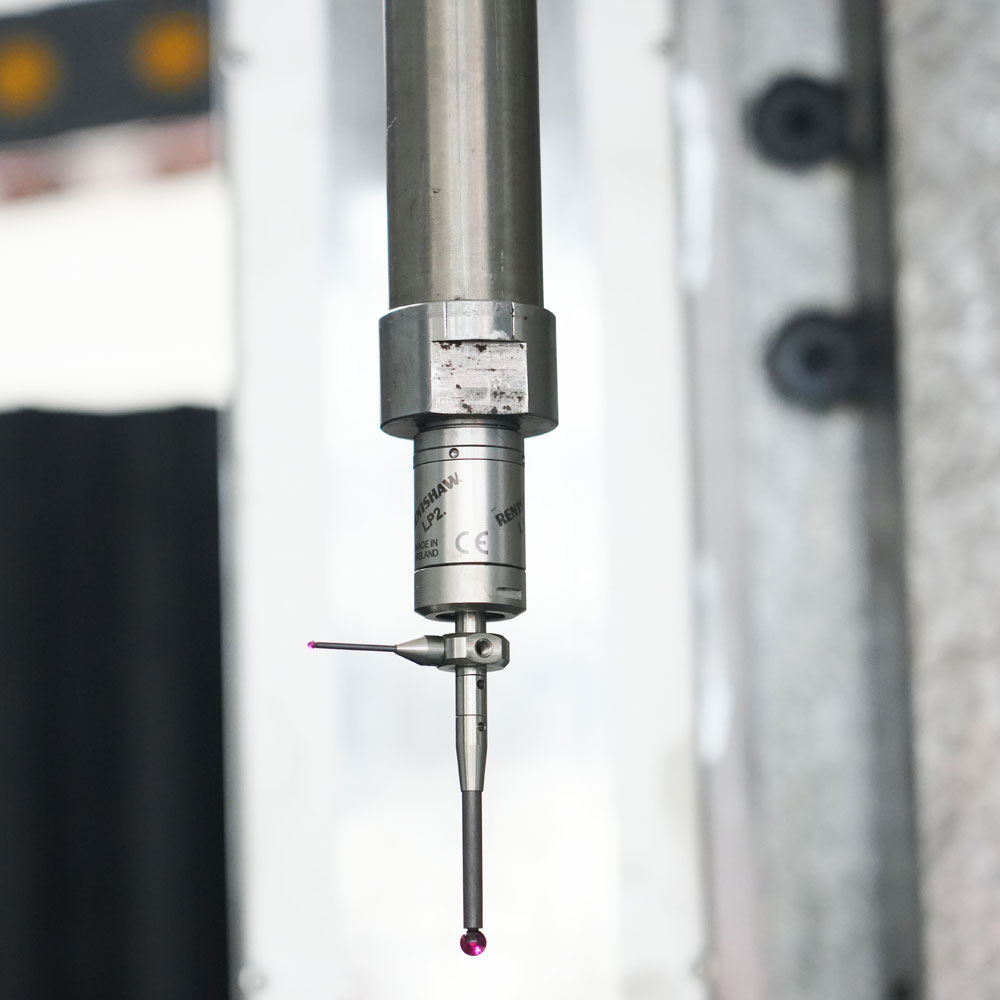
④Main Gauge Thermal Displacement Control
During high-precision machining, temperature changes can significantly affect measurement accuracy. The main gauge design of the vertical composite grinding machine minimizes thermal displacement, ensuring stable measurement accuracy under varying environmental temperatures. This design is especially important for long-duration continuous machining, effectively avoiding dimensional deviations caused by temperature fluctuations.
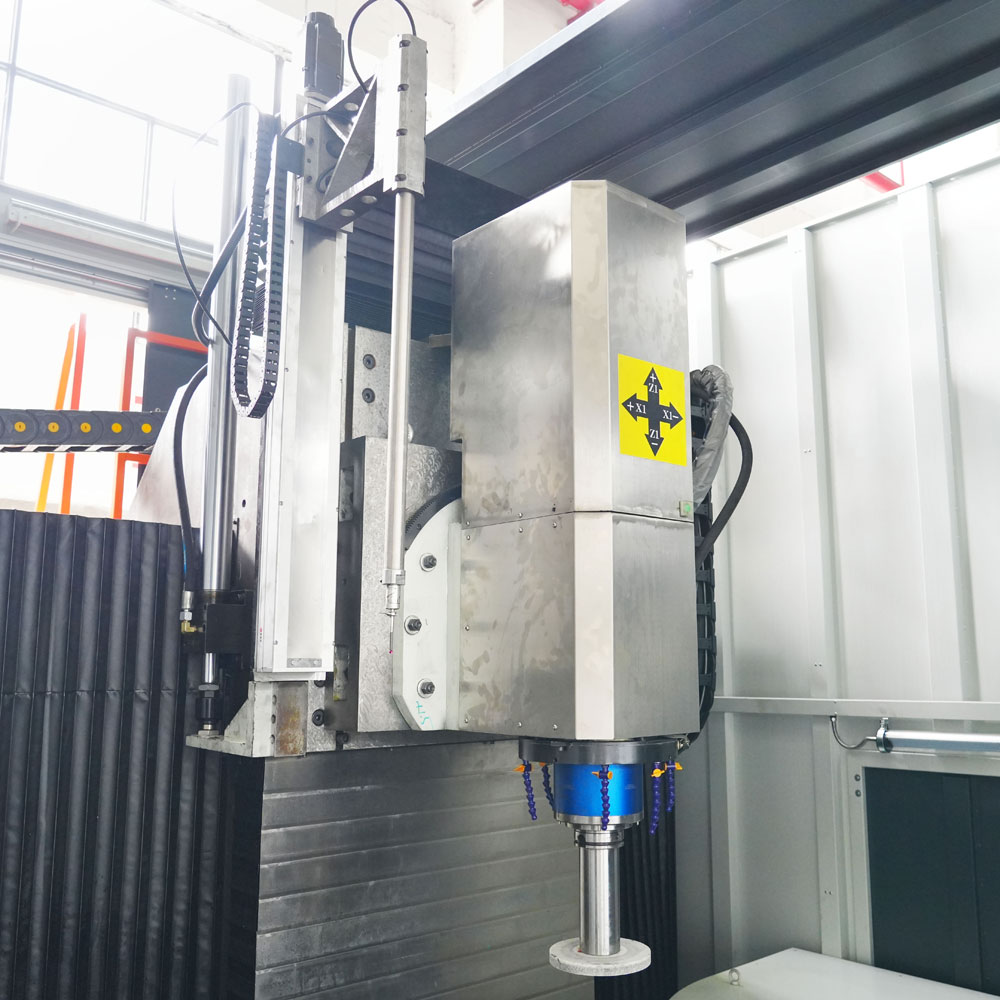
⑤Continuous Coolant Supply System
To ensure machining stability, the vertical composite grinding machine is equipped with a continuous coolant supply system. This system not only effectively reduces frictional heat between the grinding wheel and the workpiece, extending the life of the grinding wheel, but also ensures consistent surface quality. Additionally, the continuous flow of coolant helps maintain thermal stability in the machine tool, further improving machining accuracy.
⑥Siemens SINUMERIK 828D CNC System
The vertical composite grinding machine is powered by the Siemens SINUMERIK 828D CNC system—a high-performance numerical control system featuring DNC (Direct Numerical Control) functionality, allowing for remote data transmission and real-time updates to machining programs. Moreover, the system includes automatic fault diagnosis and display capabilities, enabling quick identification of operational issues and reducing downtime while increasing equipment utilization.
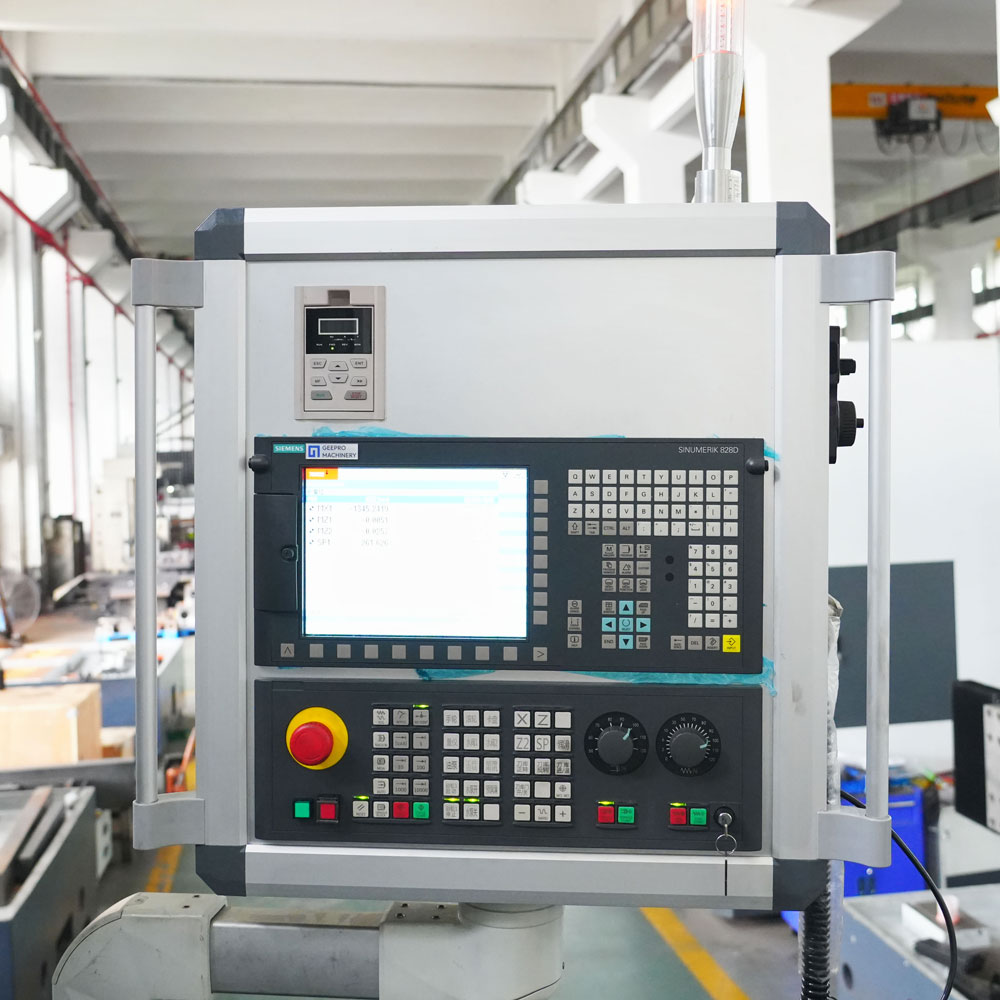
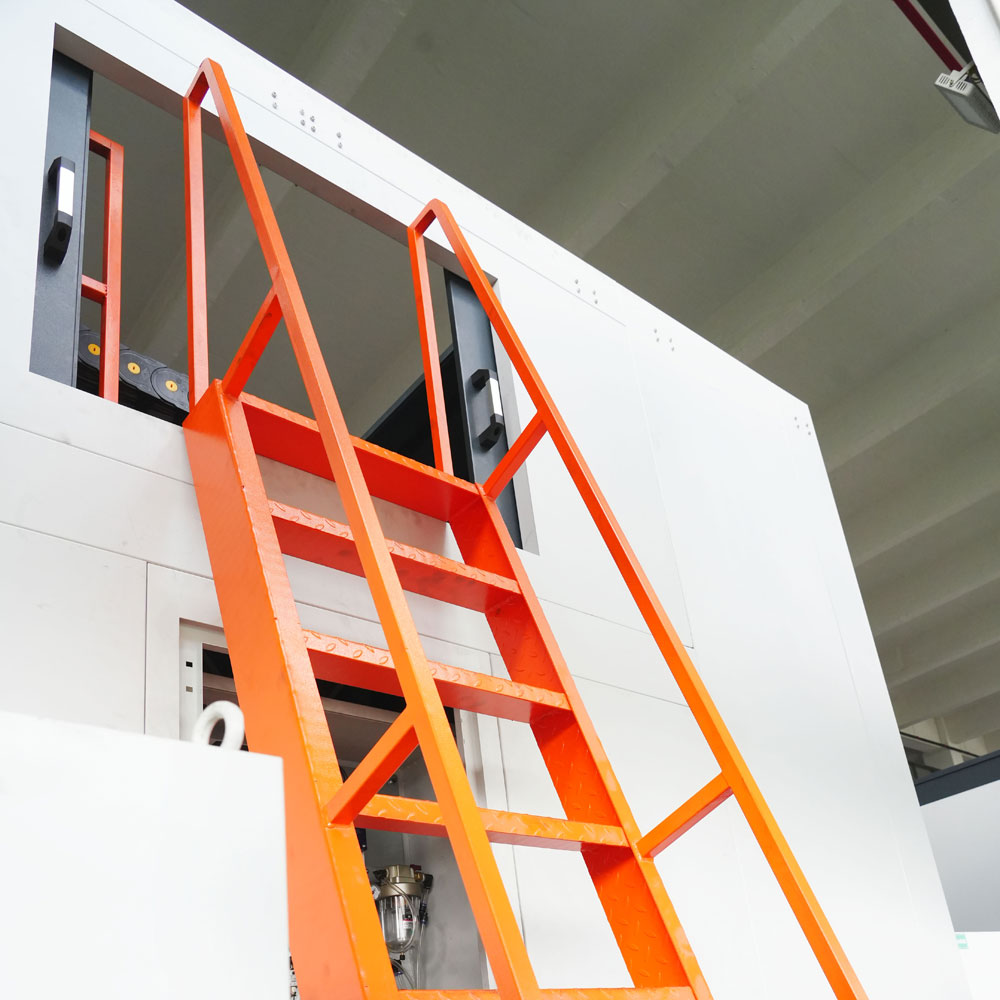
Application Fields
Thanks to its multifunctionality and high-precision machining capabilities, the vertical composite grinding machine is widely used across various industrial sectors. Below are several typical application scenarios:
① Automotive Industry
In the automotive manufacturing sector, the vertical composite grinding machine is mainly used to process critical components such as engine crankshafts, camshafts, and gear shafts. These parts require extremely high machining precision and often need multiple processes. The machine can complete external, internal, and face grinding in a single clamping, ensuring machining accuracy while significantly improving production efficiency.
② Aerospace Industry
Workpieces in the aerospace industry often have complex geometries and very high precision requirements. For example, turbine blades and bearing housings in aircraft engines require high-precision internal and face grinding. With its multifunctionality and high-precision measurement system, the vertical composite grinding machine meets these complex machining needs, ensuring part performance and reliability.
③Agricultural Machinery Industry
Transmission shafts, hydraulic cylinders, and other components in agricultural machinery also require high-precision grinding. The vertical composite grinding machine can flexibly adjust the grinding wheel configuration according to different machining requirements, achieving efficient internal, external, and face grinding, meeting the demands of the agricultural machinery industry for workpiece precision and surface quality.
④Heavy Machinery and Industrial Equipment
In heavy machinery manufacturing, the vertical composite grinding machine is often used to process large bearings and gearbox housings. These workpieces are large and heavy, and traditional machining equipment struggles to meet their precision and efficiency requirements. The large-size machining capability and multifunctionality of the vertical composite grinding machine make it an ideal choice for heavy machinery processing.
Successful Export Case to Russia
The vertical composite grinding machine recently exported to Russia demonstrated outstanding performance and reliability, successfully meeting the needs of Russian clients. As a major global industrial power, Russia has growing demand for high-precision machining equipment. However, due to its unique geographical environment and industrial requirements, Russian clients place higher demands on equipment stability, durability, and machining accuracy.
The success of the vertical composite grinding machine in the Russian market was primarily reflected in the following areas:
①Meeting High-Precision Machining Requirements
Russian clients specialize in automotive parts and heavy machinery manufacturing, both of which require extremely high workpiece machining precision. Thanks to its automatic measurement and compensation system, the vertical composite grinding machine ensures that workpiece dimensions reach micron-level accuracy, fully satisfying customer quality requirements.
②Adapting to Harsh Industrial Environments
Russia's industrial environment is particularly demanding, especially in cold regions, where equipment stability and durability are crucial. The main gauge thermal displacement control system and continuous coolant supply system of the vertical composite grinding machine ensured stable operation under varying temperature conditions, preventing machining errors caused by temperature changes.
③Improving Production Efficiency
Russian clients placed high demands on production efficiency, especially in mass production environments. The ATC automatic tool changer and Siemens SINUMERIK 828D CNC system enabled automation and intelligence in the machining process, significantly shortening the production cycle and increasing equipment utilization.
④High Customer Satisfaction
After delivery, Russian clients highly praised the performance of the vertical composite grinding machine. They specifically commended the machine’s multifunctionality and high-precision machining capabilities, stating that it performed exceptionally well in actual production and solved long-standing machining challenges.
Conclusion
The vertical composite grinding machine, with its multifunctionality, high precision, and efficient machining capabilities, has become an indispensable piece of equipment in modern manufacturing. Whether in the automotive, aerospace, agricultural machinery, or heavy machinery industries, it demonstrates outstanding machining performance. The successful export to Russia further proves the international competitiveness and adaptability of the vertical composite grinding machine.
As the demand for high-precision machining continues to grow in the manufacturing industry, the vertical composite grinding machine is sure to play an even more important role in the future.


